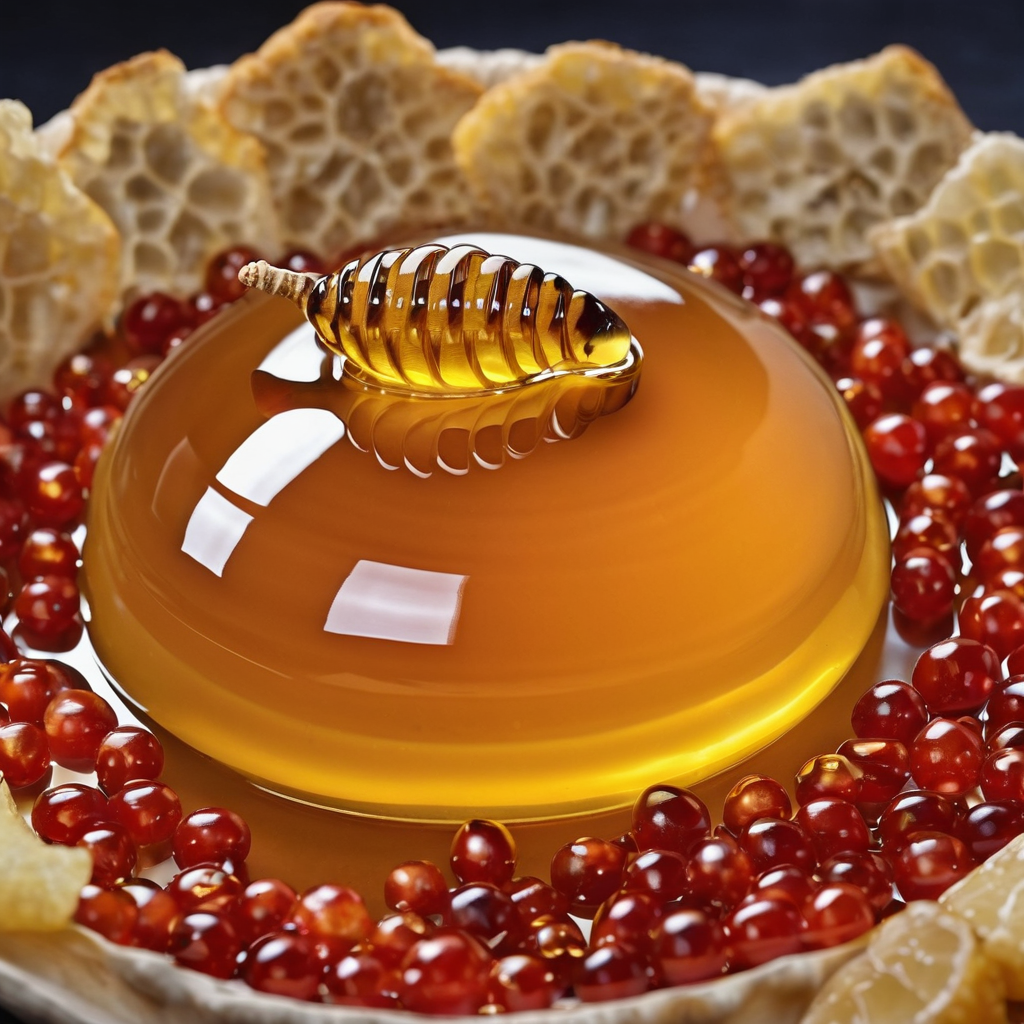A Sweet and Savory Delight
If you are looking for a unique and impressive way to elevate your dessert game, look no further than the honey caviar recipe. This molecular gastronomy technique creates tiny, spherical droplets of honey that burst in your mouth, providing a delightful burst of flavor and texture. Not only is this recipe visually stunning, but it is also surprisingly easy to make with the right tools and ingredients.
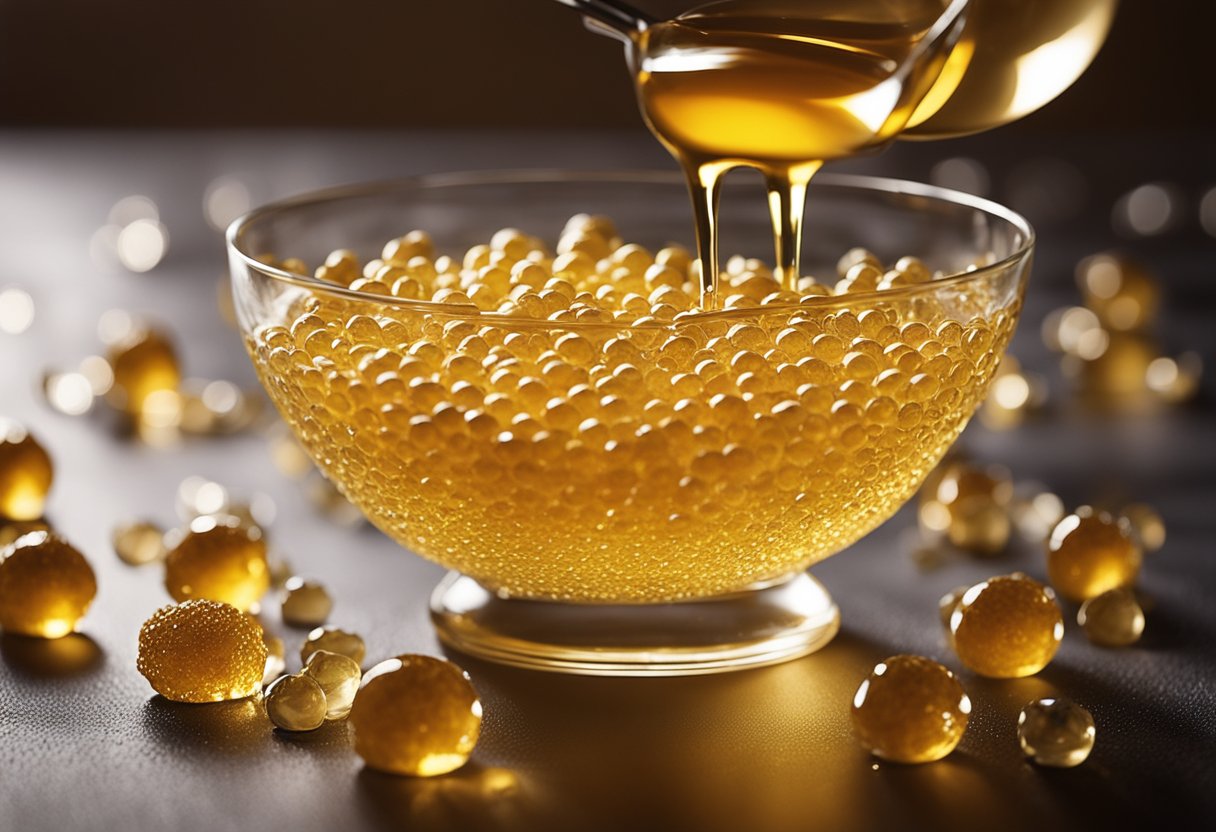
To create honey caviar, you will need a few key ingredients, including honey, sodium alginate, and calcium chloride. You will also need a few specialized tools, such as a syringe and a slotted spoon. The process involves creating a honey mixture, combining it with the sodium alginate, and then dropping it into a calcium chloride bath. The result is tiny, jelly-like droplets that resemble caviar. While the process may sound complicated, it is actually quite simple and can be done in just a few steps.
Whether you are a seasoned home cook or a professional chef, the honey caviar recipe is a fun and unique way to add some excitement to your desserts. By using this molecular gastronomy technique, you can create a dish that is both visually stunning and delicious. So why not give it a try and impress your friends and family with your culinary skills?
What Is Honey Caviar?
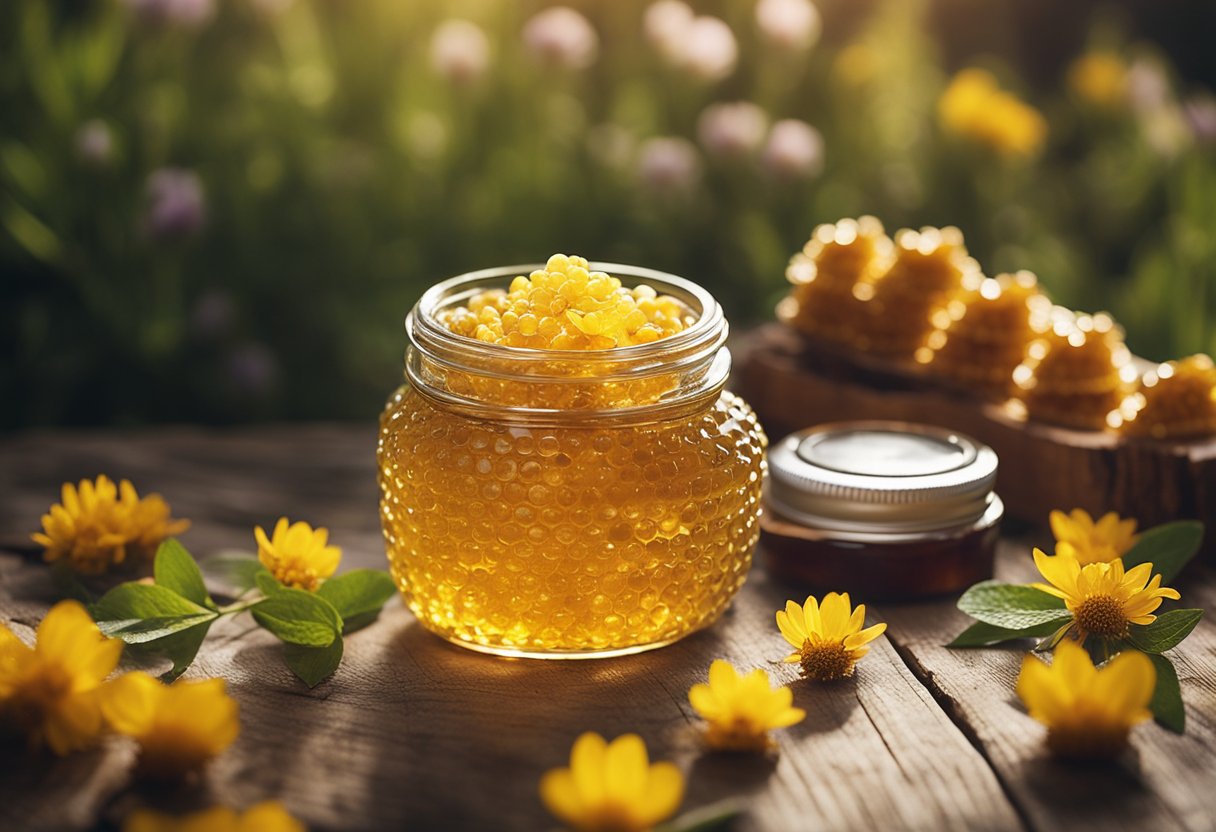
If you’re looking for a unique way to add some sweetness to your dishes, honey caviar might be just what you need. This culinary creation is a fun and creative way to enjoy the rich, sweet flavor of honey in a new and exciting way. In this section, we’ll explore the origins of honey caviar, as well as its culinary uses.
Origins of Honey Caviar
Honey caviar is a relatively new culinary creation that has been gaining popularity in recent years. It is essentially small, gelatinous spheres of honey that resemble caviar. The process of creating honey caviar involves using a technique called spherification, which was originally developed in the 1940s by molecular gastronomist Ferran Adria.
The technique involves using a combination of sodium alginate and calcium chloride to create a gel-like membrane around a liquid. When the membrane is broken, the liquid bursts out, creating small spheres. In the case of honey caviar, the liquid is honey.
Culinary Uses
Honey caviar can be used in a variety of ways in the kitchen. Its unique texture and flavor make it a fun and creative addition to many different dishes. Here are just a few examples:
- As a garnish: Honey caviar can be used as a garnish for desserts, cheese plates, and other dishes. Its small size and unique texture make it a great way to add a pop of sweetness to a dish.
- In cocktails: Honey caviar can be used to add a touch of sweetness to cocktails. Simply drop a few spheres into a drink for a fun and unique twist.
- In salads: Honey caviar can be used to add a touch of sweetness to salads. Simply sprinkle a few spheres over the top of a salad for a fun and unique twist.
Overall, honey caviar is a fun and creative way to enjoy the rich, sweet flavor of honey. Whether you’re using it as a garnish, in cocktails, or in salads, honey caviar is sure to add a unique touch to any dish.
Here is a great resource on how to make honey caviar if you’re interested in trying it out for yourself.
Health Benefits of Honey Caviar
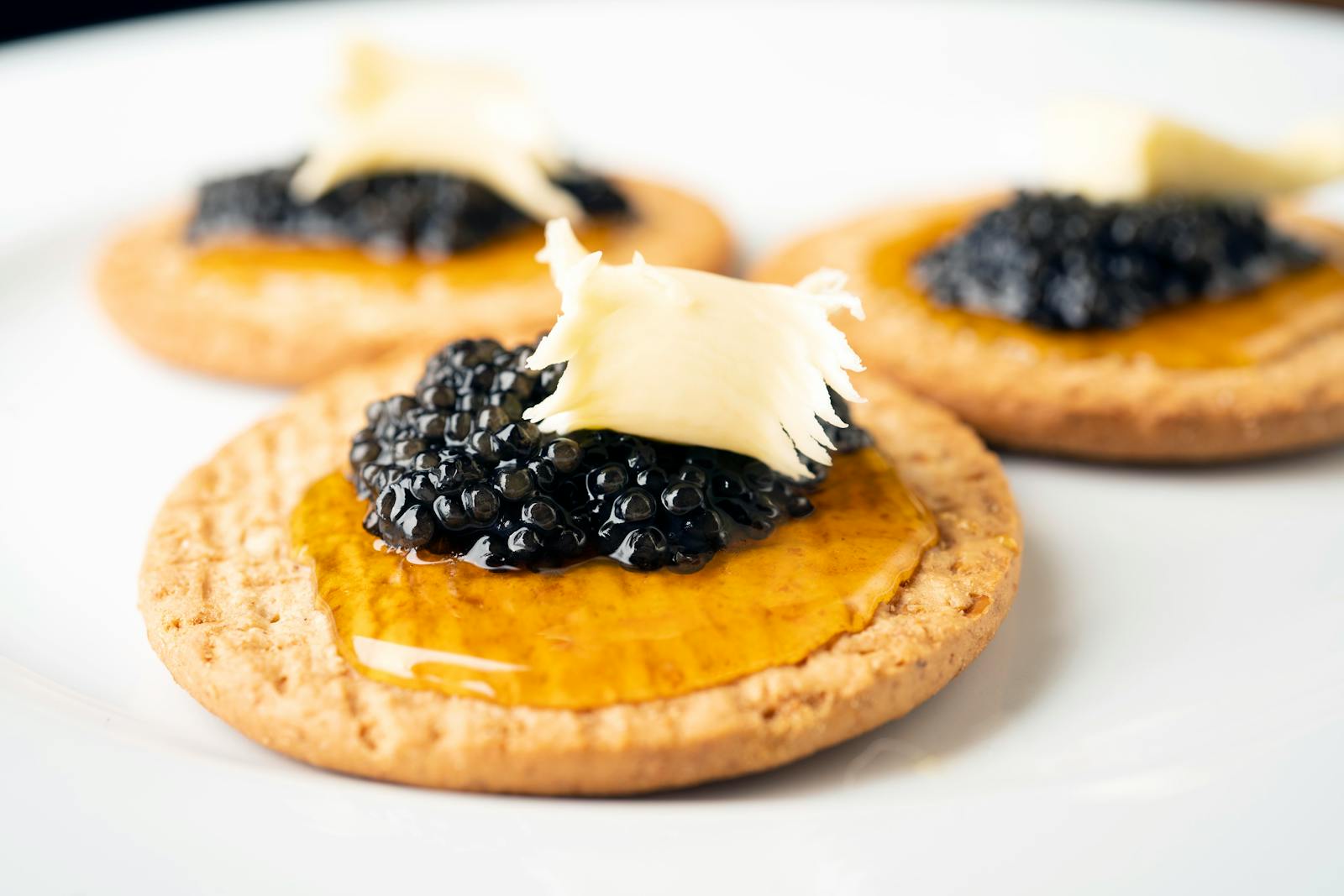
If you are looking for a sweet and healthy treat, honey caviar is a great option. This unique recipe combines the rich flavor of caviar with the natural sweetness of honey, resulting in a delicious and nutritious dish.
Nutritional Profile
Honey caviar is a great source of essential vitamins and minerals. According to Cleveland Clinic Health Essentials, caviar is very high in vitamin B12, which is crucial to your body functioning normally. Additionally, honey is rich in antioxidants, which can help protect your body from damage caused by free radicals.
When combined, honey caviar provides a variety of nutrients that are essential for maintaining good health. In fact, incorporating honey caviar into your diet can help support various bodily functions and promote overall well-being.
Dietary Considerations
While honey caviar is a healthy and delicious treat, it is important to keep dietary considerations in mind. Honey is high in sugar, so it should be consumed in moderation. Additionally, caviar is high in sodium, which can be problematic for individuals with high blood pressure.
If you are looking to incorporate honey caviar into your diet, it is important to do so in moderation and consult with your healthcare provider if you have any concerns about your sodium intake.
In conclusion, honey caviar is a unique and nutritious recipe that provides a variety of health benefits. By incorporating this dish into your diet, you can enjoy the delicious flavor of caviar while also supporting your overall health and well-being.
Selecting Ingredients for Honey Caviar
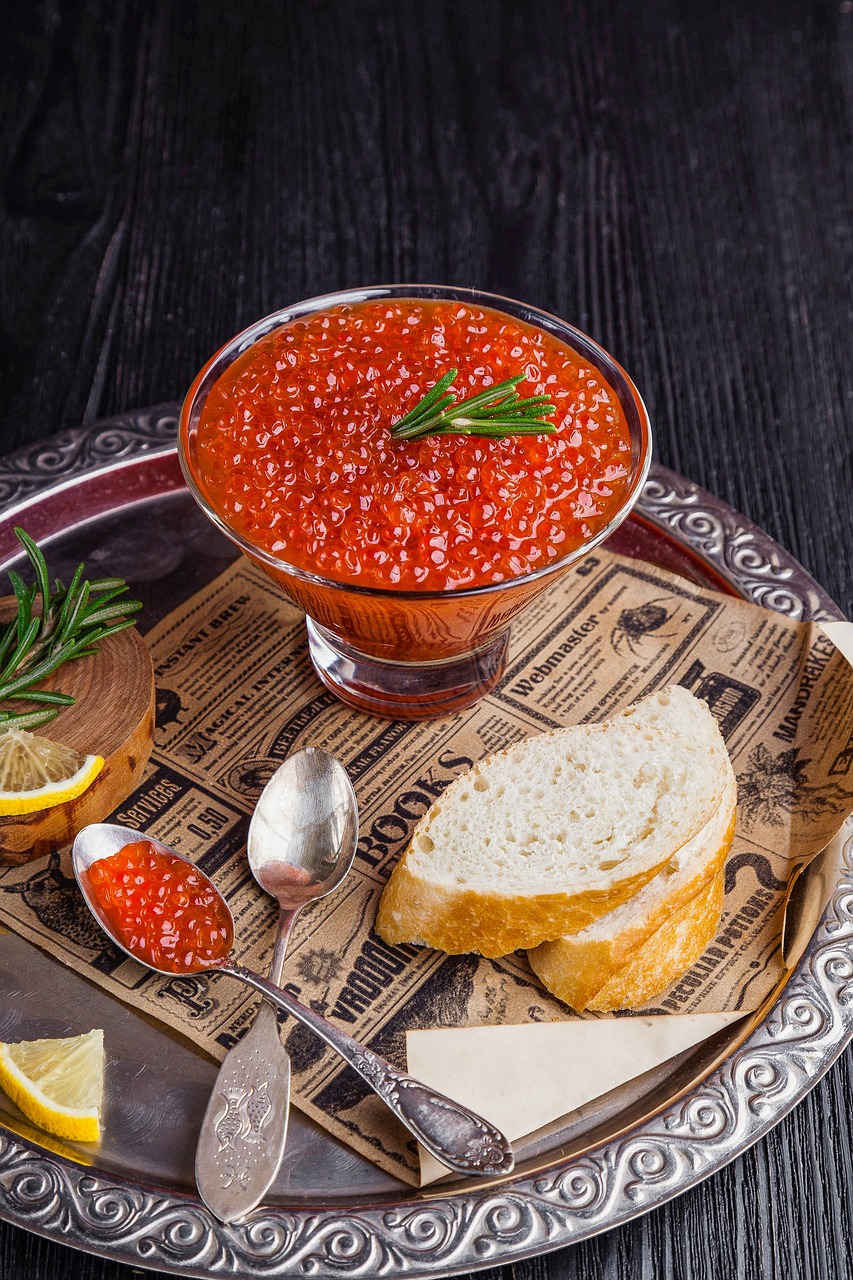
When it comes to making honey caviar, selecting the right ingredients is crucial to achieving the perfect balance of flavors and textures. Here are some tips to help you choose the best ingredients for your honey caviar.
Choosing the Right Honey
The type of honey you use will greatly affect the taste of your honey caviar. There are many different types of honey available, each with its own unique flavor profile. Some popular types of honey include clover, wildflower, and orange blossom.
When selecting honey for your honey caviar, it’s important to choose a high-quality honey that is pure and free from additives. Look for honey that is raw and unfiltered, as this will have a more complex flavor profile than processed honey.
Quality of Caviar
The quality of the caviar you use will also greatly affect the taste and texture of your honey caviar. When selecting caviar, look for caviar that is fresh and has a firm texture. Avoid caviar that is mushy or has a strong fishy odor, as this is a sign that the caviar is not fresh.
It’s also important to consider the type of caviar you use. Different types of caviar have different flavor profiles and textures. For example, beluga caviar is known for its buttery texture and mild flavor, while ossetra caviar has a nutty flavor and firmer texture.
By choosing high-quality honey and caviar, you can ensure that your honey caviar will have a delicious and complex flavor profile that is sure to impress your guests.
Essential Tools and Equipment
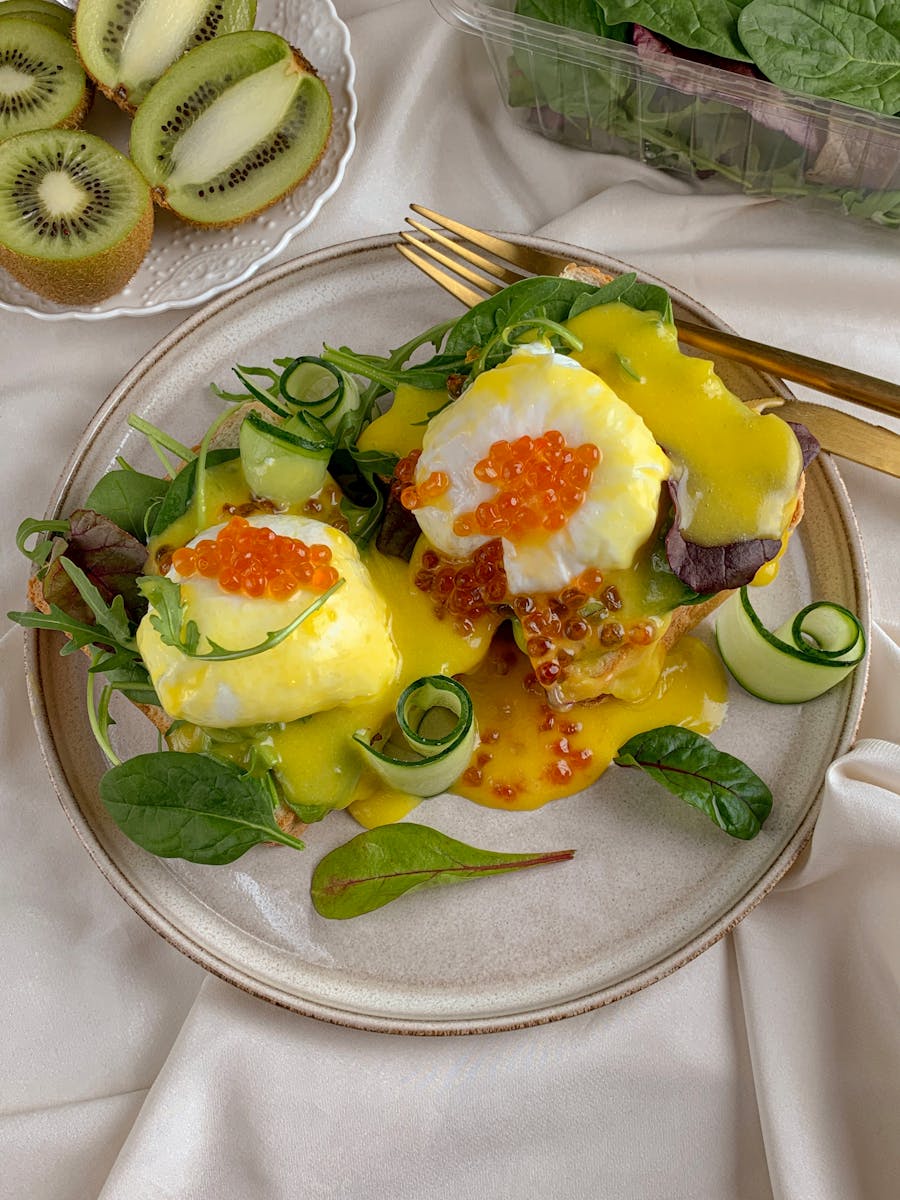
To make honey caviar, you will need some specialized tools and equipment. Here are the essential items you should have on hand:
Spherification Kit
A spherification kit is a must-have tool for making honey caviar. This kit includes all the necessary ingredients for creating a gel-like membrane around the honey droplets. You will need to purchase a spherification kit that is specifically designed for making caviar. This kit typically includes sodium alginate and calcium chloride, which are the two main ingredients needed for making the gel membrane.
Kitchen Utensils
In addition to a spherification kit, you will also need some basic kitchen utensils to make honey caviar. Here are some of the essential tools you should have on hand:
- Measuring cups and spoons: You will need accurate measurements of the honey and other ingredients to ensure that your caviar turns out perfectly.
- Whisk: A whisk is necessary for mixing the sodium alginate and honey together.
- Dropper: You will need a dropper to drop the honey mixture into the calcium chloride solution.
- Slotted spoon: A slotted spoon is used to remove the caviar from the calcium chloride solution.
By having these tools and equipment, you will be well on your way to making delicious honey caviar. For more information on where to purchase a spherification kit, check out this link.
The Science of Spherification
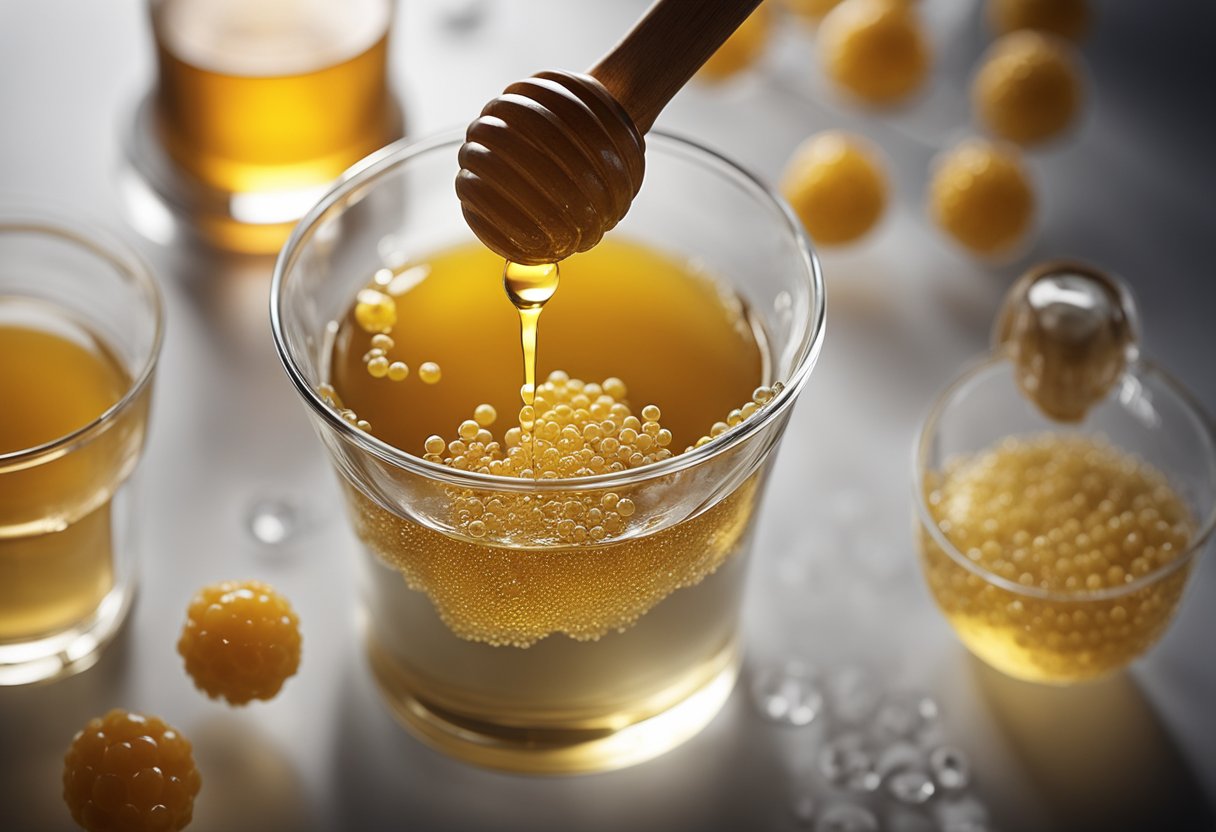
Spherification is a culinary technique that involves transforming liquids into small, flavorful spheres that resemble caviar. Honey caviar is a popular example of spherification, and it can be used to add a unique touch to desserts, cocktails, and other dishes.
Basic Principles
The basic principles of spherification involve using two key ingredients: sodium alginate and calcium chloride. Sodium alginate is a natural thickener derived from brown seaweed, while calcium chloride is a salt that is commonly used in food preservation.
To create honey caviar, you will need to mix sodium alginate with honey to create a thick, gooey mixture. This mixture is then dripped into a bath of calcium chloride, causing the sodium alginate to react with the calcium ions and form a gel-like membrane around the honey droplets.
The resulting honey caviar spheres are delicate and burst with flavor when you bite into them. They can be used to add a touch of sweetness and texture to a variety of dishes, from ice cream to cheese plates.
Advanced Techniques
While the basic principles of spherification are relatively simple, there are many advanced techniques that can be used to create more complex and interesting dishes. For example, reverse spherification involves using calcium lactate instead of calcium chloride to create a more delicate membrane around the liquid droplets.
Another advanced technique is called frozen reverse spherification, which involves freezing the liquid droplets before adding them to the calcium lactate bath. This creates a more stable membrane and allows for more intricate shapes and designs.
Overall, spherification is a versatile and exciting technique that can be used to add a touch of creativity and flair to your culinary creations. With a little practice and experimentation, you can create a wide range of delicious and visually stunning dishes using honey caviar and other spherification techniques.
Step-by-Step Recipe for Honey Caviar
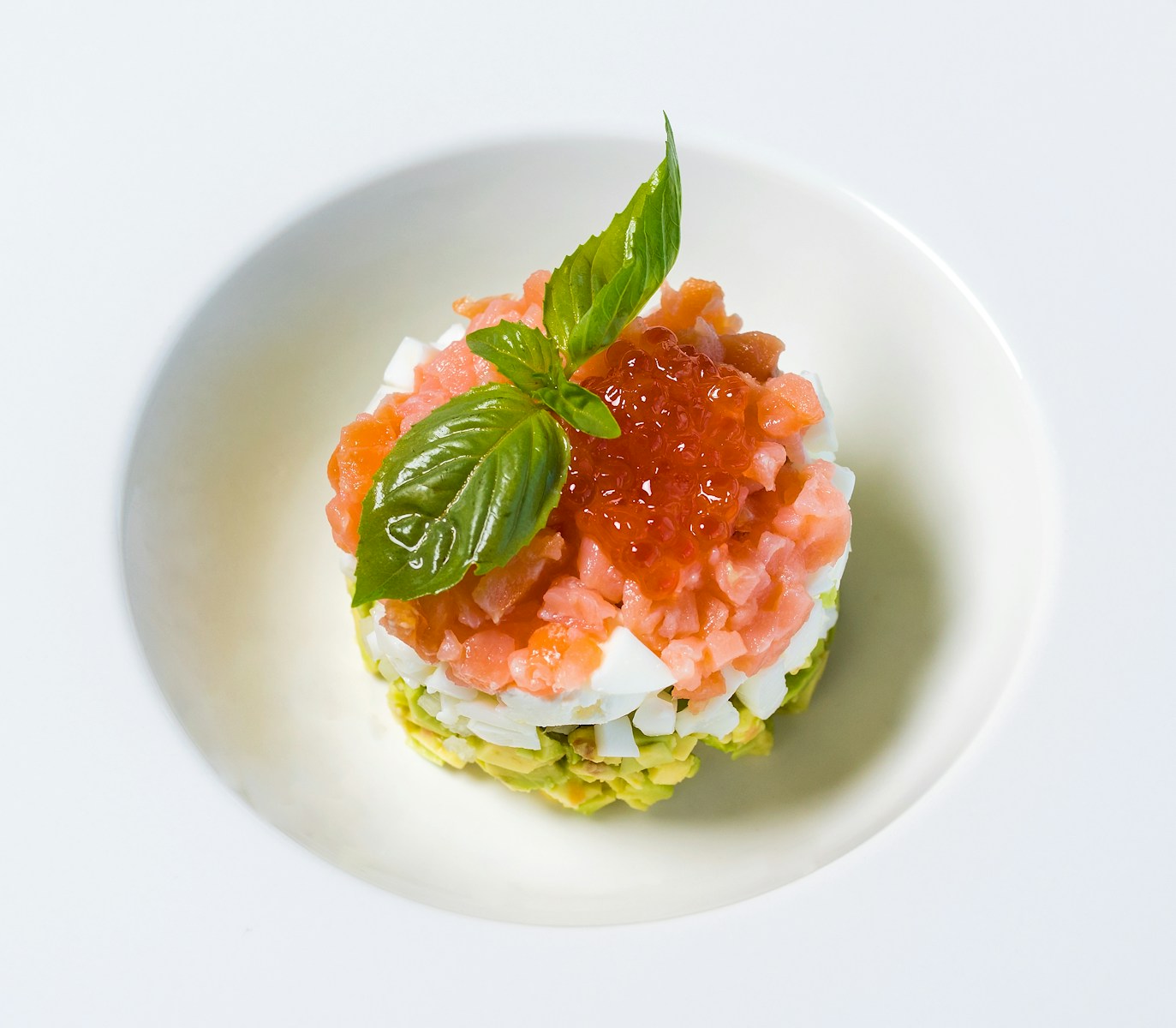
Making honey caviar is a fun and unique way to add some pizzazz to your dishes. Impress your guests with this sweet and sophisticated addition to your meals. Here is a step-by-step guide to making honey caviar.
Preparation
Before you begin the spherification process, you will need to gather the necessary ingredients and tools. Here is a list of what you will need:
- 1 cup honey
- 1/2 cup water
- 1/2 teaspoon calcium chloride
- 1/2 teaspoon sodium alginate
- 1 large syringe
- 1 small bowl
- 1 large bowl
- 1 slotted spoon
Once you have gathered all of your ingredients and tools, it’s time to start the spherification process.
Spherification Process
- In a small bowl, mix together the honey and water until well combined.
- In a separate large bowl, mix together the calcium chloride and 4 cups of water until dissolved.
- Using a large syringe, carefully drip the honey mixture into the calcium chloride solution. Be sure to drip the honey mixture slowly and steadily.
- Let the honey caviar sit in the calcium chloride solution for 2-3 minutes.
- Using a slotted spoon, remove the honey caviar from the calcium chloride solution and rinse it in a bowl of clean water.
- In a separate bowl, mix together the sodium alginate and 4 cups of water until dissolved.
- Carefully place the honey caviar into the sodium alginate solution and let it sit for 2-3 minutes.
- Using a slotted spoon, remove the honey caviar from the sodium alginate solution and rinse it in a bowl of clean water.
Final Touches
Now that you have successfully made honey caviar, it’s time to add it to your dish. Honey caviar pairs well with cheese, crackers, fruit, and even ice cream. You can also add it to cocktails for a sweet and unique twist.
In conclusion, making honey caviar is a fun and easy way to elevate your dishes. With just a few ingredients and some patience, you can impress your guests with this sweet and sophisticated addition to your meals.
Serving Suggestions for Honey Caviar
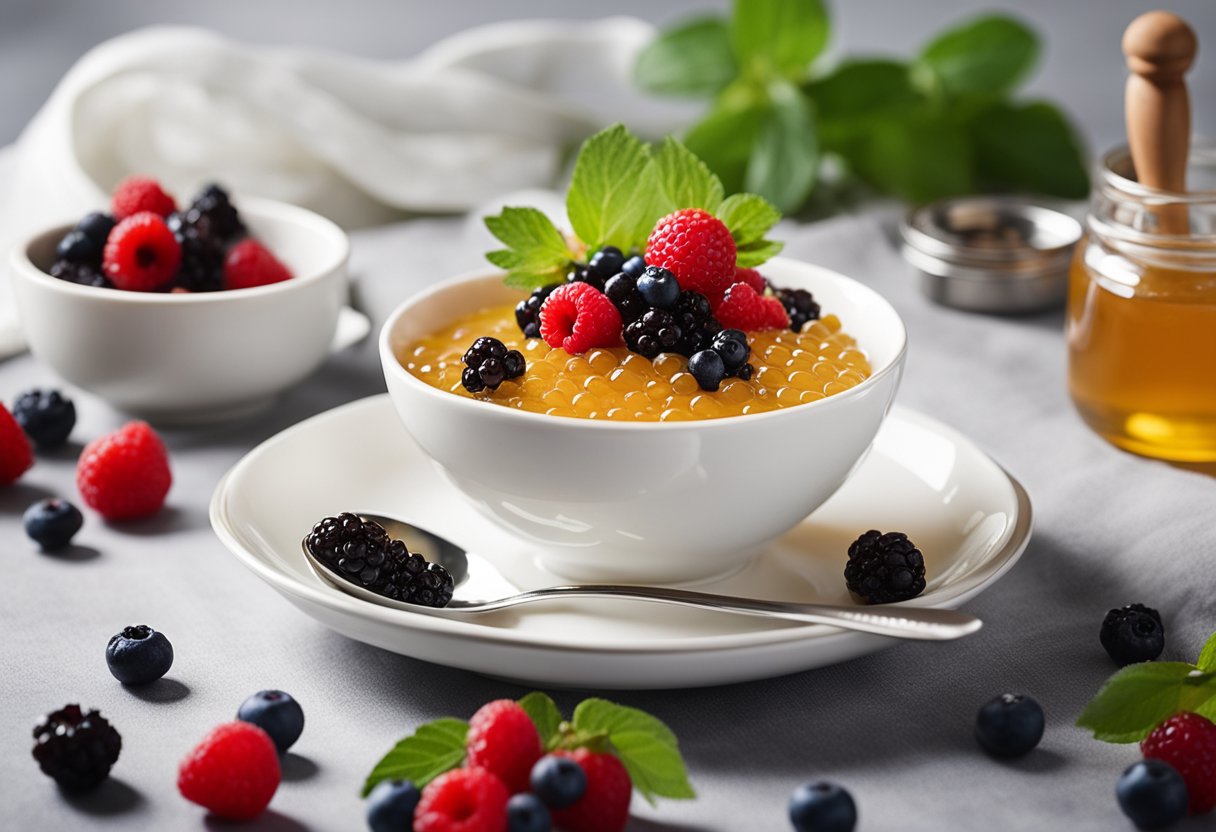
Honey caviar is a delicious and unique treat that can be enjoyed in a variety of ways. Here are some suggestions for serving honey caviar that will impress your guests.
Pairing with Foods
Honey caviar pairs well with a variety of foods, both sweet and savory. Here are some ideas to get you started:
- Cheese: Serve honey caviar with a cheese board featuring a variety of cheeses, such as brie, cheddar, and gouda. The sweetness of the honey caviar will complement the tanginess of the cheese.
- Fruit: Honey caviar is a perfect accompaniment to fresh fruit, such as strawberries, raspberries, and blueberries. The sweetness of the honey caviar will enhance the natural sweetness of the fruit.
- Toast: Spread honey caviar on toast for a sweet and satisfying breakfast or snack.
- Yogurt: Top your favorite yogurt with honey caviar for a sweet and tangy treat.
Presentation Ideas
Presentation is key when it comes to serving honey caviar. Here are some ideas for how to present honey caviar in an attractive and appetizing way:
- Spoon honey caviar into small glass jars or ramekins for individual servings.
- Serve honey caviar on a cheese board or charcuterie board for a beautiful and impressive display.
- Drizzle honey caviar over pancakes or waffles for a sweet and indulgent breakfast.
- Add a dollop of honey caviar to your favorite cocktail for a sweet and unique twist.
Overall, honey caviar is a versatile and delicious treat that can be enjoyed in a variety of ways. Experiment with different pairings and presentation ideas to find the perfect way to serve honey caviar at your next gathering.
Preservation and Storage Tips
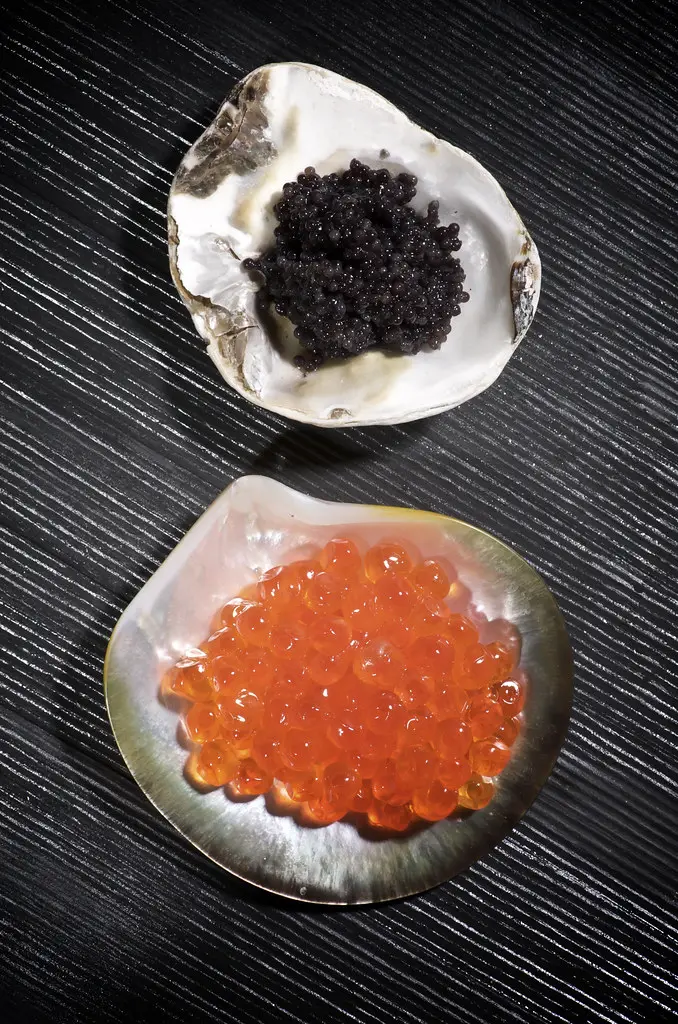
When it comes to storing honey caviar, it is important to keep it fresh and preserve its delicate flavor. Here are some tips to help you store your honey caviar properly:
Short-Term Storage
If you plan to consume your honey caviar within a few days, you can store it in an airtight container in the refrigerator. Make sure to keep it away from strong-smelling foods, as honey caviar can easily absorb odors. You can also cover the container with a layer of plastic wrap to help preserve the flavor.
Long-Term Storage
If you want to store your honey caviar for a longer period of time, you can freeze it. Before freezing, make sure to transfer the honey caviar to an airtight container and remove as much air as possible. Label the container with the date and store it in the freezer. When you are ready to use the honey caviar, simply thaw it in the refrigerator overnight.
It is important to note that freezing honey caviar can change its texture and flavor, so it is best to use it as soon as possible after thawing. You can also try to minimize the changes in texture and flavor by freezing small portions of honey caviar in ice cube trays. Once frozen, transfer the honey caviar cubes to a freezer bag and store them in the freezer.
Overall, storing honey caviar properly can help preserve its delicate flavor and texture. Whether you plan to consume it within a few days or store it for a longer period of time, following these tips can help ensure that your honey caviar stays fresh and delicious.
Troubleshooting Common Issues
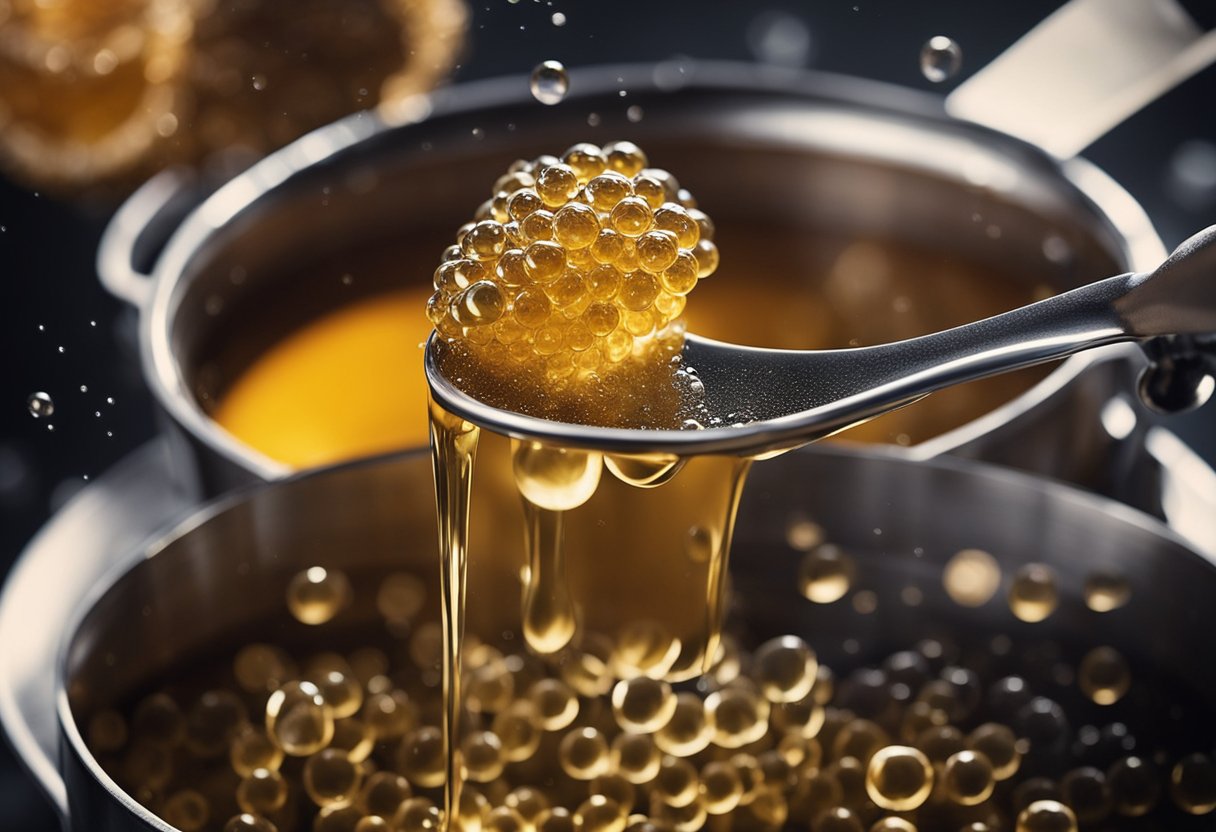
When making honey caviar, there are some common issues that may arise. Here are some tips to troubleshoot these issues.
Texture Problems
If your honey caviar is not forming into small beads, it may be due to the temperature of the honey. Honey needs to be at a certain temperature to form into beads. If the honey is too cold, it will not form beads. If the honey is too hot, it will not hold its shape. The ideal temperature for honey is between 60-70 degrees Fahrenheit.
To achieve the right temperature, you can heat the honey in a double boiler until it reaches the desired temperature. You can also use a thermometer to check the temperature of the honey. If the honey is too hot, let it cool down before using it.
If your honey caviar is forming into large beads, it may be due to the size of the dropper. Use a small dropper to create smaller beads.
Flavor Adjustments
If you find that your honey caviar is too sweet, you can adjust the flavor by adding a small amount of lemon juice or vinegar. This will help balance out the sweetness of the honey.
On the other hand, if you find that your honey caviar is not sweet enough, you can add more honey or a sweetener of your choice. Keep in mind that adding too much sweetener can cause the honey caviar to become too thick and difficult to work with.
Overall, making honey caviar takes a bit of practice and patience. By following these tips, you can troubleshoot any issues that arise and create a delicious and unique topping for your desserts.
Innovative Variations of Honey Caviar
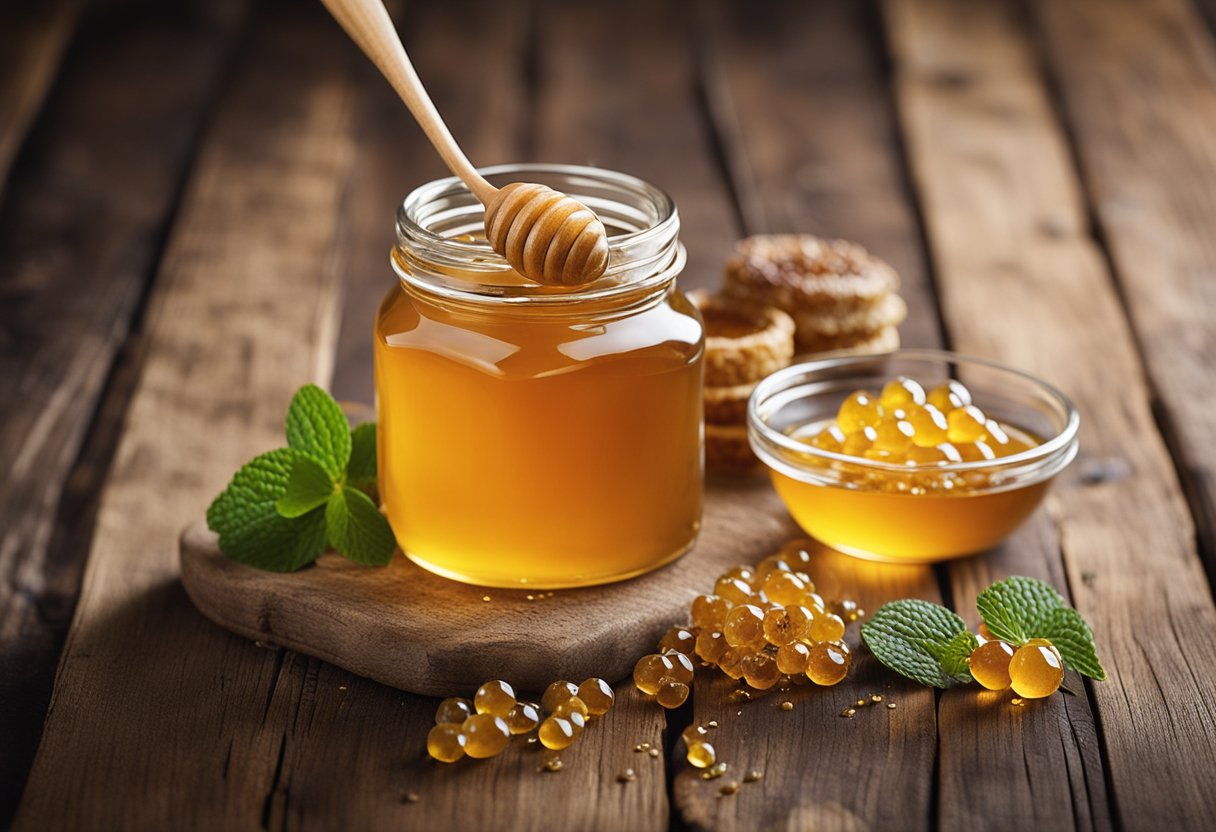
Honey caviar is a versatile condiment that can be used to add sweetness to a variety of dishes. While the classic recipe is delicious on its own, there are many innovative variations that you can try to take your honey caviar to the next level.
Flavor Infusions
One way to add more depth to your honey caviar is to infuse it with different flavors. You can do this by adding herbs, spices, or other ingredients to the honey while it’s still warm. Some popular flavor combinations include:
- Rosemary and lemon
- Vanilla and cinnamon
- Lavender and thyme
To infuse your honey caviar, simply heat the honey in a saucepan over low heat until it’s warm and runny. Add your desired flavorings and stir well. Let the mixture cool to room temperature before serving.
Colorful Creations
Another way to make your honey caviar stand out is to add some color to it. You can do this by using different types of honey, or by adding natural food coloring to the mixture. Here are some ideas to get you started:
- Use buckwheat honey for a dark, rich color
- Add a few drops of beet juice for a vibrant pink hue
- Mix in some turmeric for a bright yellow color
To make your honey caviar colorful, simply follow the classic recipe and add your desired coloring agent to the honey while it’s still warm. Stir well and let the mixture cool to room temperature before serving.
By experimenting with different flavors and colors, you can create a honey caviar that is uniquely your own. Be sure to try out different combinations until you find the perfect one for you.
Exploring the Future of Honey Caviar
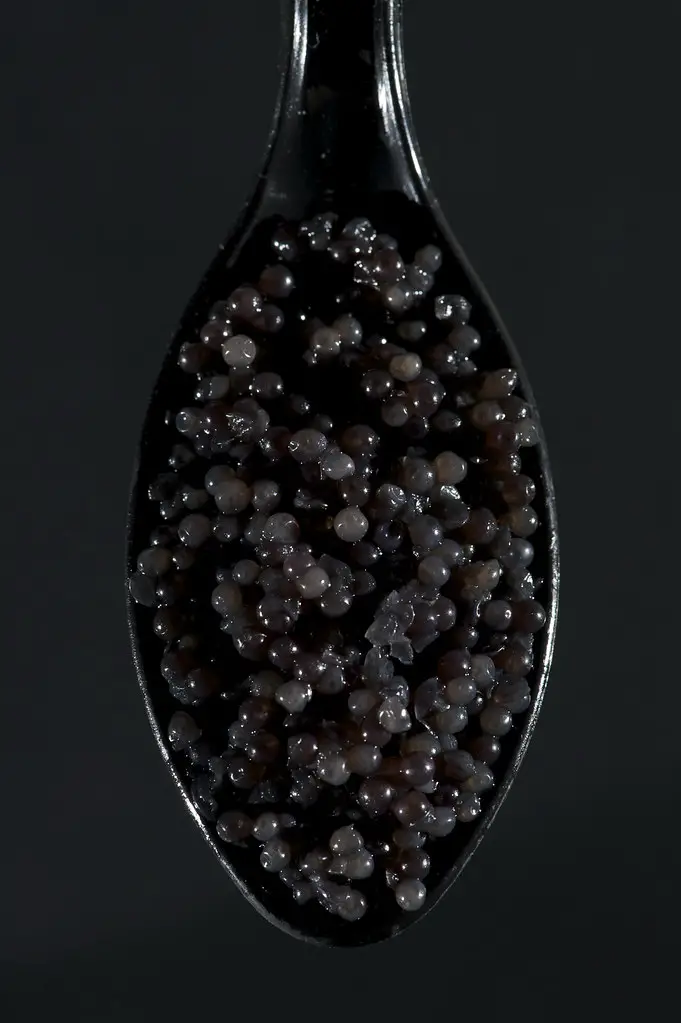
As a culinary trend, honey caviar has been gaining popularity in recent years. This unique twist on traditional honey is a perfect way to add a touch of elegance to any dish. With its delicate texture and sweet flavor, honey caviar is the perfect addition to a variety of dishes, from desserts to savory entrees.
Culinary Trends
The future of honey caviar looks bright, as more and more chefs are experimenting with this innovative ingredient. As the demand for organic and natural foods continues to grow, honey caviar is becoming a popular choice for those looking for a healthier and more sustainable alternative to traditional sweeteners.
Incorporating honey caviar into your recipes can add a touch of sophistication to your dishes. Its unique texture and flavor make it a versatile ingredient that can be used in a variety of ways. Whether you’re looking to sweeten your morning oatmeal or add a touch of sweetness to your favorite cocktail, honey caviar is the perfect solution.
Scientific Advancements
With recent scientific advancements, there is even more potential for the future of honey caviar. Researchers are exploring new ways to enhance the texture and flavor of honey caviar, as well as new methods for producing it more efficiently.
One of the most exciting advancements in honey caviar is the use of molecular gastronomy. This technique allows chefs to create unique textures and flavors by manipulating the chemical and physical properties of food. With the use of molecular gastronomy, chefs can create honey caviar with a variety of textures, from soft and creamy to firm and chewy.
In conclusion, the future of honey caviar looks bright. With its unique texture and flavor, this innovative ingredient is sure to continue to be a popular choice for chefs and foodies alike. Whether you’re looking to add a touch of elegance to your dishes or experiment with new culinary trends, honey caviar is the perfect ingredient to take your cooking to the next level.
Frequently Asked Questions
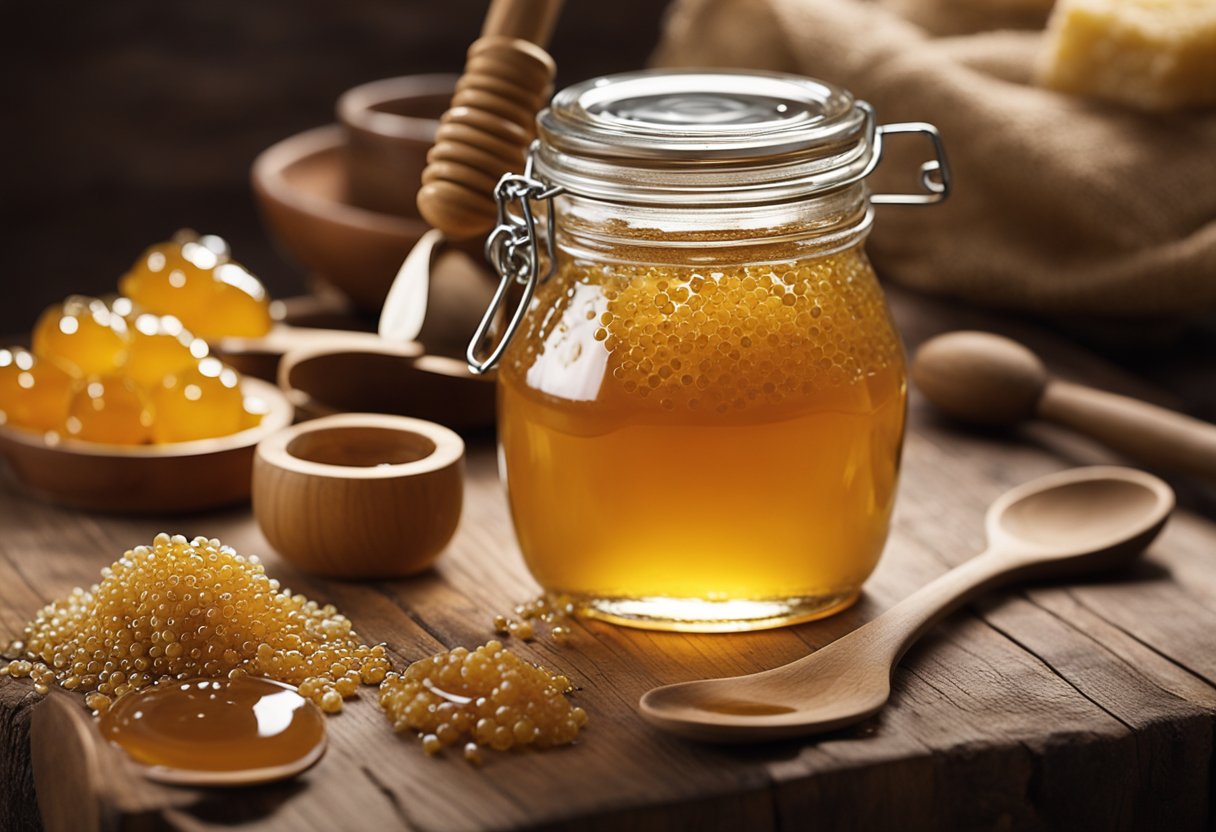
What is the process for creating fruit caviar?
The process for creating fruit caviar involves using sodium alginate and calcium chloride to create a gel-like membrane around small droplets of fruit juice. The droplets are created using a syringe or pipette and then dropped into the calcium chloride solution where they form into spheres. The spheres are then rinsed and stored in a liquid until ready to use.
Can you provide a simple method for making molecular caviar?
A simple method for making molecular caviar involves mixing a flavored liquid with sodium alginate and then dropping small droplets of the mixture into a calcium chloride solution. The mixture will form into small spheres that can be used as a garnish or topping for dishes.
What are the steps to making chocolate caviar?
To make chocolate caviar, melt chocolate and mix it with sodium alginate. Using a syringe or pipette, drop small droplets of the mixture into a calcium chloride solution. The mixture will form into small spheres that can be used to decorate desserts or as a topping for ice cream.
How can I create basil caviar at home?
To create basil caviar, blend fresh basil leaves with water and strain the mixture to remove any solids. Mix the basil liquid with sodium alginate and then drop small droplets of the mixture into a calcium chloride solution. The mixture will form into small spheres that can be used to garnish salads or pasta dishes.
What technique is used to form liquid spheres in molecular gastronomy?
The technique used to form liquid spheres in molecular gastronomy is called spherification. It involves using sodium alginate and calcium chloride to create a gel-like membrane around small droplets of liquid.
What ingredients are needed for a basic honey gel?
To make a basic honey gel, you will need honey, water, and agar agar. Combine the honey and water in a pot and bring to a boil. Add the agar agar and whisk until dissolved. Pour the mixture into a container and let it cool until it sets into a gel. The honey gel can be used as a sweetener or as a base for making honey caviar.
External Links
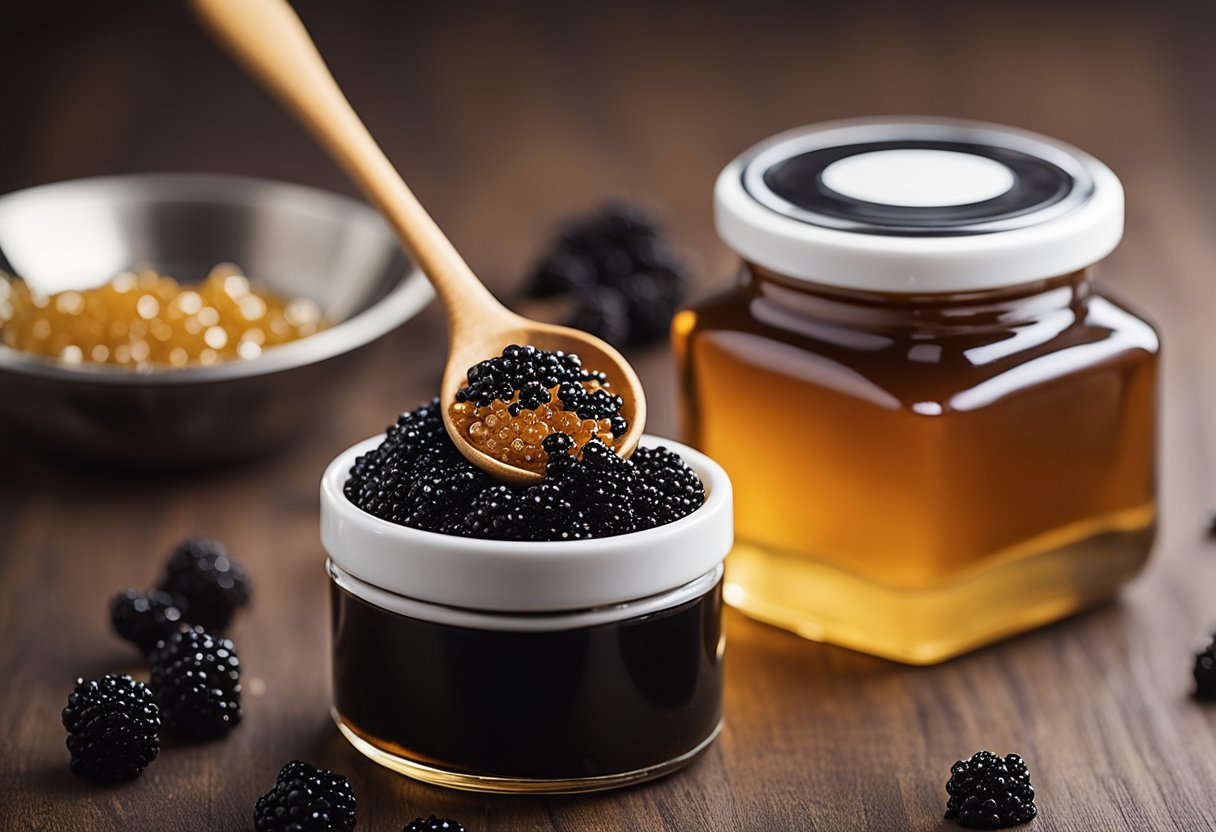
If you’re interested in learning more about honey caviar, here are some external links that you might find useful:
- Molecular Gastronomy – Honey Caviar Recipe: This video tutorial shows you how to make honey caviar using a Cuisine R-Evolution Kit. The video is clear and easy to follow, and the recipe produces beautiful results.
- Honey Caviar Recipe: This recipe from Molecular Recipes provides step-by-step instructions for making honey caviar using the spherification technique. The recipe includes a list of ingredients and tools needed, as well as helpful tips for achieving the perfect texture.
- Spherification: Honey Caviar: This recipe from ChefSteps provides a detailed explanation of the spherification technique used to make honey caviar. The recipe includes a video tutorial, a list of ingredients and tools needed, and helpful tips for achieving the perfect texture.
- Honey Caviar Recipe: This recipe from Food & Wine magazine provides a simple, straightforward recipe for making honey caviar using agar-agar powder. The recipe includes a list of ingredients and tools needed, as well as helpful tips for serving and storing the caviar.
- Honey Caviar Recipe: This recipe from Epicurious provides a unique twist on honey caviar by adding a touch of lemon juice and sea salt to the recipe. The recipe includes a list of ingredients and tools needed, as well as helpful tips for serving the caviar with cheese and crackers.
These external links provide a variety of recipes and techniques for making honey caviar. Whether you’re a beginner or an experienced cook, you’re sure to find a recipe that suits your needs.
More FAQs
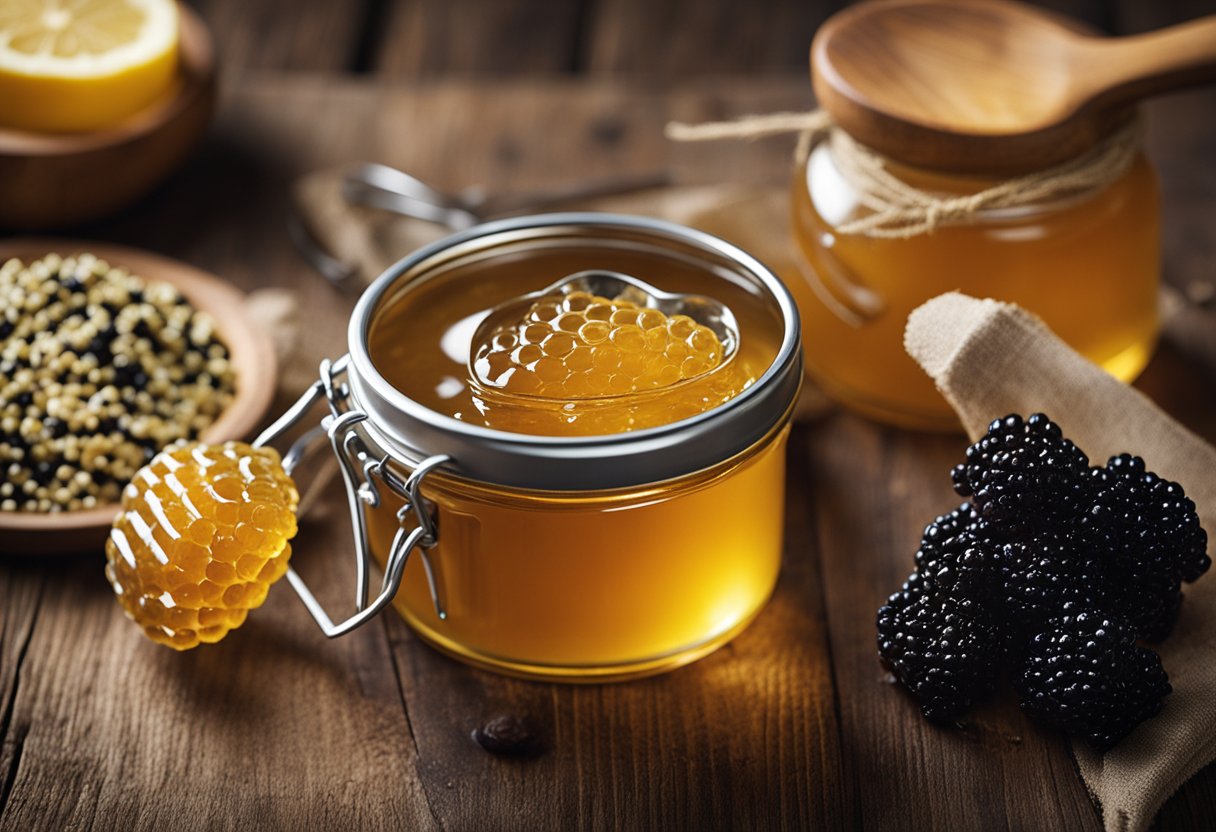
Here are answers to some frequently asked questions about making honey caviar:
How to make caviar out of juice?
You can make caviar out of juice by using a process called spherification. This involves combining the juice with sodium alginate and then dropping the mixture into a bath of calcium chloride. The sodium alginate reacts with the calcium chloride to create a thin membrane around the juice droplets, giving them the appearance of caviar. You can find detailed instructions for making fruit caviar using this method here.
How long does fruit caviar last?
Fruit caviar typically lasts for 1-2 days when stored in an airtight container in the refrigerator. However, the texture may begin to degrade after the first day, so it’s best to consume it as soon as possible after making it.
How to make liquid caviar?
Liquid caviar can be made using a similar process to fruit caviar, but with a few modifications. Instead of using juice, you can use a liquid such as olive oil or balsamic vinegar. The liquid is combined with sodium alginate and then dropped into a bath of calcium chloride to create the caviar-like texture. You can find detailed instructions for making liquid caviar here.
How do you use fruit caviar?
Fruit caviar can be used in a variety of ways, such as a garnish for cocktails or desserts, or as a topping for yogurt or oatmeal. You can also mix it into a salad or use it as a flavorful addition to a cheese plate. The possibilities are endless!
Conclusion
In conclusion, making honey caviar is a unique and impressive way to elevate your culinary skills. With just a few ingredients and the right tools, you can create a visually stunning and delicious dish that will impress your guests.
Remember to use high-quality honey to ensure the best flavor and texture of your caviar. The Cuisine R-Evolution Kit is a great tool to use for making honey caviar, as it provides everything you need to get started.
When serving your honey caviar, consider pairing it with other complementary flavors and textures, such as crackers, cheese, or fruit. You can also use it as a topping for desserts, such as ice cream or cheesecake.
Overall, honey caviar is a fun and creative way to experiment with molecular gastronomy and impress your guests with your culinary skills.
Print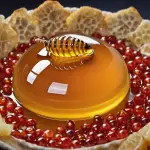
honey caviar recipe
- Total Time: 20 minutes
- Yield: 1/2 cup
- Diet: Vegetarian
Description
Honey Caviar
Ingredients
- Honey
- Sodium alginate
- Calcium lactate
Instructions
- Mix honey and sodium alginate.
- In a separate bowl, dissolve calcium lactate in water.
- Using a dropper, drip the honey mixture into the calcium lactate solution.
- Let the droplets sit for 3 minutes, then remove and rinse gently.
Notes
This recipe requires precision and careful handling of the ingredients to achieve the desired caviar-like texture.
- Prep Time: 15 minutes
- Cook Time: 0 minutes
- Category: Dessert
- Method: Molecular gastronomy
- Cuisine: Modern
Nutrition
- Serving Size: 1 tablespoon
- Calories: 60
- Sugar: 17g
- Sodium: 20mg
- Fat: 0g
- Carbohydrates: 17g
- Fiber: 0g
- Protein: 0g
- Cholesterol: 0mg
Keywords: Honey Caviar Recipe
